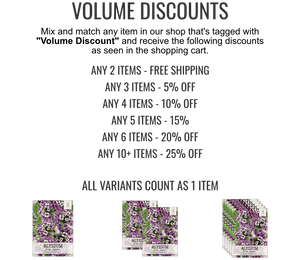Delicata squash, known for its sweet, dry flesh and thin, edible skin, is an heirloom variety that dates back to the 1800s. This winter squash, with its cylindrical shape and cream-colored skin striped in green or orange, was initially cherished for its flavor but fell out of popularity due to its susceptibility to diseases. However, in the early 2000s, a disease-resistant variety was developed by Cornell University, reviving interest in this squash known also as peanut squash, Bohemian squash, or sweet potato squash. Its cultivation gained traction again for its delightful taste and ease of preparation, making it a staple in both gardens and gourmet dishes.
The distinction between winter squash and summer squash primarily lies in their maturity at harvest, physical characteristics, and culinary uses. Summer squash, like zucchini and yellow crookneck, are harvested when immature, featuring tender skins and seeds that are soft and edible. They have a higher water content, a milder flavor, and are often used in dishes where minimal cooking is required. Winter squash, including delicata, butternut, and acorn, are harvested when fully mature. They possess thicker, harder skins, which are inedible unless cooked, and seeds that are typically not eaten. Winter squash varieties store well, have a denser, sweeter flesh due to lower water content, and are suited for roasting, baking, or prolonged cooking methods which enhance their rich flavors. This difference in maturity at harvest also affects their storage; winter squash can last for months in cool, dry conditions, while summer squash must be used soon after picking.










